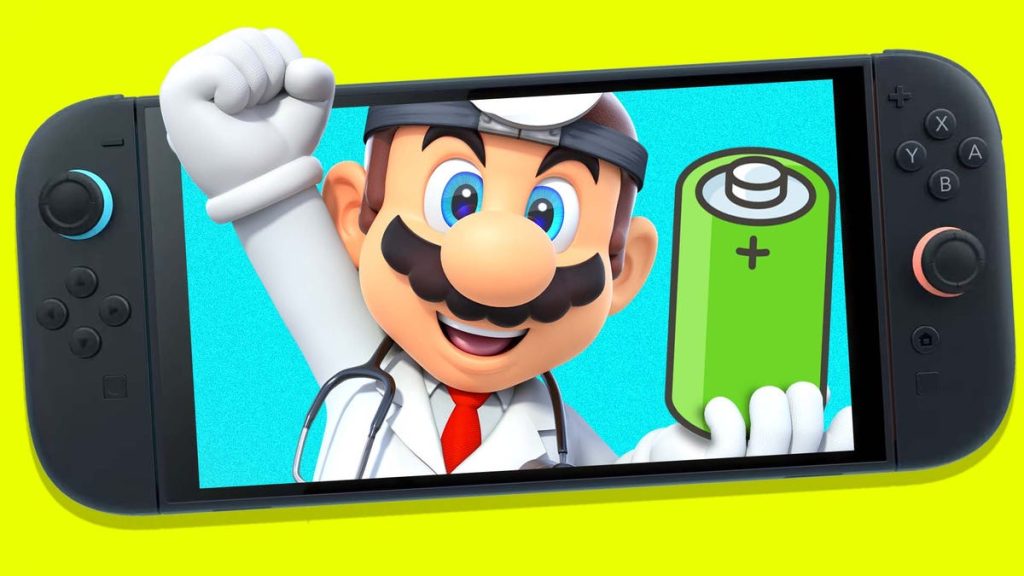Nintendo’s upcoming console, the Switch 2, is set to introduce a significant feature aimed at prolonging battery life. Scheduled for release in June at a price of $450, this console will allow users to opt for a battery preservation mode that limits the charge to around 90%. This setting may result in reduced playtime, but it offers long-term benefits for the lithium battery’s health.
Battery Preservation Feature Explained
The decision to cap battery charging at 90% is rooted in the science of lithium batteries. Over time, these batteries can degrade, especially when maintained at extreme charge levels—either fully charged or completely drained. Research indicates that keeping a battery between 20% and 80% charge minimizes wear and stress, ultimately extending its lifespan.
Reason for Battery Limitation
This battery management feature, which mirrors similar options already implemented by technology leaders like Apple and Google, provides users with flexibility. While the default setting preserves battery health, players can still choose to charge the device fully for specific scenarios, like long travel days. This hybrid approach ensures convenience without sacrificing the longevity of the device.
Market Impact and User Preference
The Switch 2 aims to appeal to eco-conscious gamers and those looking for devices that require less frequent charging. The trade-off of sacrificing a bit of immediate playtime for extended battery longevity presents a compelling case for prioritizing battery health. Many users, including tech enthusiasts eagerly awaiting the Switch 2, are likely to engage with this option soon after the console’s launch.
As Nintendo prepares for the Switch 2’s debut on June 5, players are encouraged to navigate the settings menu to enable this battery-saving feature, ensuring their gaming experience remains both enjoyable and sustainable in the long run.

